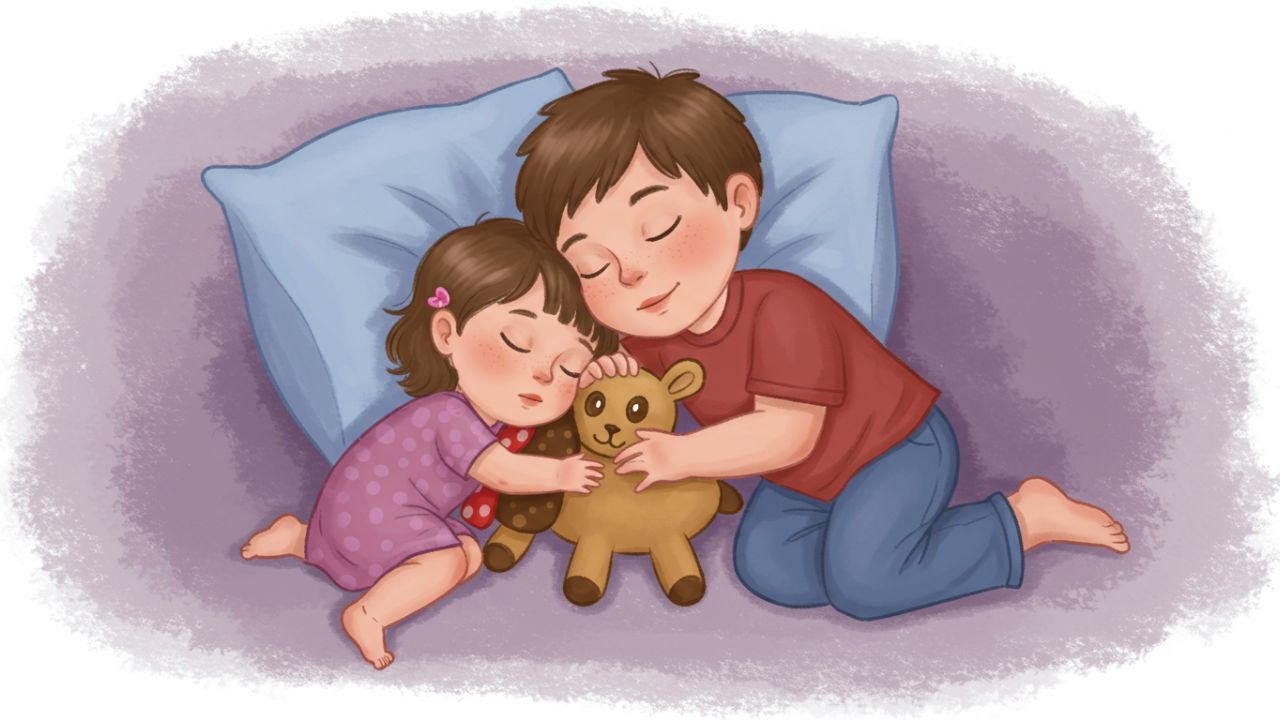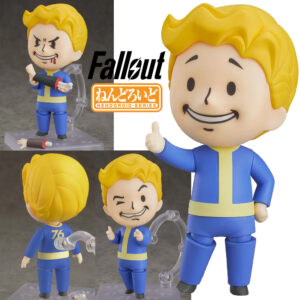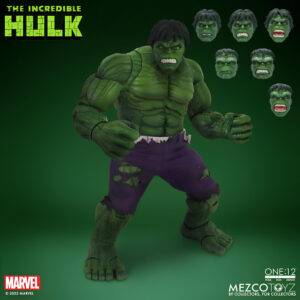
Ensuring your child feels safe, comforted, and emotionally supported during rest times is a key part of healthy development. A carefully selected nap companion—a soft toy, blanket, or “lovey”—can become an invaluable ally in your little one’s sleep routine. It can ease separation anxiety, foster independence, and serve as a soothing transitional object from wakefulness to slumber. However, choosing the right nap companion involves more than grabbing the cutest plush you spot. In this comprehensive guide, we’ll explore everything you need to know—from safety considerations and developmental appropriateness to material choices and maintenance tips—so you can find (or make!) the ideal nap buddy for your child.
1. Why a Nap Companion Matters
1.1 Emotional Security and Attachment
- Transitional Object
A nap companion functions as a “transitional object,” a term coined by pediatric psychoanalyst Donald Winnicott. It represents a bridge between the security of parental presence and the independence of self-soothing. - Consistent Comfort
Familiar textures, smells, or faces on a favorite toy can help reduce stress and anxiety, particularly during naps taken away from home (daycare, grandma’s house, etc.). - Promotes Sleep Hygiene
Including the companion in a calm pre-nap routine (storytime, lullabies) signals to your child’s brain that it’s time to wind down.
1.2 Developmental Benefits
- Encourages Self-Soothing
As children learn to drift off with their companion, they gradually build the ability to settle themselves without active parental intervention. - Emotional Regulation
Young children often attach feelings of comfort and protection to their nap buddy, which supports impulse control and resilience when they encounter frustration or overstimulation. - Social Skills Foundation
Interacting with a favorite toy—speaking to it, role-playing—helps develop early communication and social cognition.
2. Safety First: Guidelines for All Ages
Before exploring styles and materials, prioritize safety to reduce risks of suffocation, choking, or allergic reactions.
2.1 Infant (0–12 Months) Considerations
- No Loose Parts
Avoid buttons, beads, or eyes that could detach. Look for embroidered or securely stitched features. - Breathable Fabrics
Mesh or lightweight cotton blends are preferable over dense, plush materials that might trap air. - Size Matters
Keep objects small enough for baby to handle but large enough that they cannot form a seal over the mouth or nose.
2.2 Toddler (1–3 Years) Considerations
- Washability
At this age, toys and blankets will frequently end up in mouths. Machine-washable materials ensure germs are kept at bay. - Weight and Bulk
A lightweight companion is easier for toddlers to grasp and carry. - No Long Ties or Straps
Avoid drawstrings or ribbons longer than 6 cm (2.4 in) to prevent strangulation risks.
2.3 Preschool (3–5 Years) Considerations
- Durable Construction
By this age, children may tug, twist, or drop their nap buddy. Reinforced seams and high-quality stuffing maintain shape and safety. - Hypoallergenic Fillings
Consider polyester fiberfill or natural hypoallergenic down alternatives if allergies are a concern. - Comfort vs. Overattachment
Encourage occasional breaks to prevent extreme separation anxiety—swap in a small “back-up” lovey for daycare or travel.
3. Matching Nap Companion to Developmental Stage
Each age brings different emotional and motor skills; match your choice accordingly.
| Age Range | Developmental Focus | Ideal Companion Characteristics |
|---|---|---|
| 0–6 months | Sensorimotor exploration | Simple, tethered soft blanket corner; muslin cloth with tag textures |
| 6–12 months | Grasping, mouthing, tethering | Small plush toy with varied textures; teething-safe fabric |
| 1–2 years | Autonomy, language development | Stuffed animal with friendly face; small lovey with name embroidered |
| 2–3 years | Imaginative play, emotional attachment | Medium plush animal; mini pillow with washable cover |
| 3–5 years | Storytelling, comfort in separation | Character-based plush; weighted blanket (2–3 lbs) for deep pressure input |
4. Types of Nap Companions
From classic plush toys to innovative blankets, the market offers myriad options. Below, we break down the most popular categories.
4.1 Stuffed Animals
- Plush Friends
Soft, huggable toys to cuddle, and often featuring personalized voices (battery-powered heartbeats, lullabies). Great for cuddling but inspect for secure stitching. - Sensory Plush
Incorporates crinkle paper, tags, or different textiles on each body part, providing tactile stimulation.
4.2 Loveys and Blankets
- Security Blankets
Lightweight muslin blankets with knotted corners or silk tags. Ideal for infants learning to grasp and explore textures. - Corner Loveys
A small plush head (animal, character) attached to a blanket corner—combining softness and cuddlability. - Weighted Lap Blankets
For older children, a low-weight mat can provide calming proprioceptive input. (Typically 5–10% of child’s body weight.)
4.3 Pillows and Mini-Pillows
- Ergonomic Support
Small, flat pillows designed to support head shape without flattening. Choose breathable silicone-coating or memory foam alternatives. - Cooling/Warming Inserts
Some pillows feature gel packs or rice sachets that can be chilled or gently warmed (adult supervision required).
4.4 Innovative High-Tech Options
- Smart Sleep Buddies
Plush toys equipped with sensors to play white noise, monitor breathing, or emit a parent-recorded voice when the child stirs. - Projection Loveys
Night-light companions that project constellations or soothing patterns onto the ceiling.
5. Material, Construction, and Quality
Selecting the right fabric and build ensures longevity, safety, and comfort.
5.1 Fabric Choices
- Organic Cotton
Chemical-free, breathable, and fewer allergenic residues—ideal for sensitive skin. - Bamboo Rayon
Naturally antibacterial, moisture-wicking, and extremely soft. Great for humid climates. - High-Density Microfiber
Durable, easy to clean, and maintains plushness over time.
5.2 Filling Options
- Polyester Fiberfill
Hypoallergenic, machine-washable, and retains loft. - Natural Fillers
Wool or cotton batting provides temperature regulation but may require delicate washing. - Safety Beads/Pellets
Used for weighting; ensure they are securely contained and double-stitched in reinforced pockets.
5.3 Construction Highlights
- Double-Stitched Seams
Prevent premature tearing, even with rough toddler handling. - Secure Labeling
Look for clear, durable tags indicating washing instructions and safety certifications (e.g., ASTM, CE). - Removable Covers
Zippered or snap-on covers simplify cleaning and allow replacements.
6. Hygiene and Care
Maintaining cleanliness is vital to reduce allergens and bacteria buildup.
6.1 Washing Guidelines
- Machine Washing
Use gentle cycles with mild, fragrance-free detergents. Air-dry if possible to preserve fabric integrity. - Spot Cleaning
For quick spills, dab with a damp cloth and gentle soap; avoid soaking electronic components. - Sanitizing
Periodically run through a sanitizing cycle if available; for non–machine-washable items, use a steam cleaner or UV sanitizer.
6.2 Rotation Strategy
- Keep two similar companions on hand. While one is in the laundry, your child still has a backup, preventing distress.
6.3 Replacement Schedule
- Inspect for loose threads, thinning fabric, or misshapen stuffing every 3–6 months, and replace as needed to maintain safety and comfort.
7. Personalization and Emotional Bonding
A nap companion becomes more than an object when it reflects your child’s personality and routine.
7.1 Naming and Storytelling
- Encourage your child to choose a name and invent a backstory for their nap buddy. This deepens attachment and fosters creativity.
7.2 Scent Association
- Introduce your scent—rub the companion gently against your sleeve or pillow for a reassuring familiar smell, especially useful on travel.
7.3 Special Rituals
- Integrate the companion into a pre-nap ritual: “Mr. Bunny gets tucked in before you do,” or “We sing ‘Twinkle Twinkle’ to Teddy.” Rituals strengthen the bond and cue sleep.
8. Transitioning and Weaning from Nap Companions
Eventually, children may outgrow or lose interest in their nap buddy. Guide the transition gently.
8.1 Recognizing the Signs
- Lack of Interest
If your child no longer seeks out the companion or uses it only sporadically, they may be ready to let it go. - Resistance at Bedtime
Conversely, if attachment becomes a source of daily battles, it may be time for gradual weaning.
8.2 Gradual Weaning Techniques
- Limited Use
Reserve the companion for nap times only, not bedtime. - Storage Ritual
Create a “nap cupboard” where the companion naps between uses. Involve your child in placing it inside. - New Comfort Object
Introduce another transitional object—a special pillowcase, a bedtime spray with a calming scent—so the original lovey isn’t the sole comfort source.
8.3 Coping with Loss or Damage
- Backup Companion
Purchase an identical (or nearly identical) backup early on, storing it out of sight. If the primary is lost, swap them quickly to minimize distress. - Mending Together
Involve your child in sewing up small tears. This hands-on activity can reinforce resilience and ownership over their belongings.
9. Expert Tips and Red Flags
9.1 Tips from Child Development Specialists
- Choose “Lovey-Friendly” Bedding
Lightweight swaddle blankets and crib sheets without loose layers avoid tangling risks. - Limit Electronic Features
While cute, too much noise or flashing lights can overstimulate instead of soothe. - Observe Your Child’s Cues
What works for one child may not suit another—be flexible and ready to adapt.
9.2 Red Flags to Watch For
- Choking Hazards
Loose buttons, detachments, or poorly secured eyes. - Allergic Reactions
Sneezing, skin rashes, or respiratory issues—switch to hypoallergenic materials if needed. - Overdependence
If your child cannot nap without the companion under any circumstances, gradually introduce alternative soothing methods (soft music, gentle back rubs).
Conclusion
Selecting the perfect nap companion for your little one is a thoughtful balance of safety, developmental appropriateness, and emotional resonance. From the breathable cotton lovey for a newborn to the snug weighted blanket for a preschooler, each age and personality calls for a tailored approach. By prioritizing secure construction, easy maintenance, and meaningful personalization, you’ll not only ensure restful naps but also foster a sense of security and independence that supports your child’s growth.
Whether you choose a classic plush bunny, an organic cotton blanket, or a high-tech “smart cuddle,” remember that consistency in routine and responsiveness to your child’s evolving needs are what truly make a nap companion an enduring friend—and a vital ally in your parenting journey.


